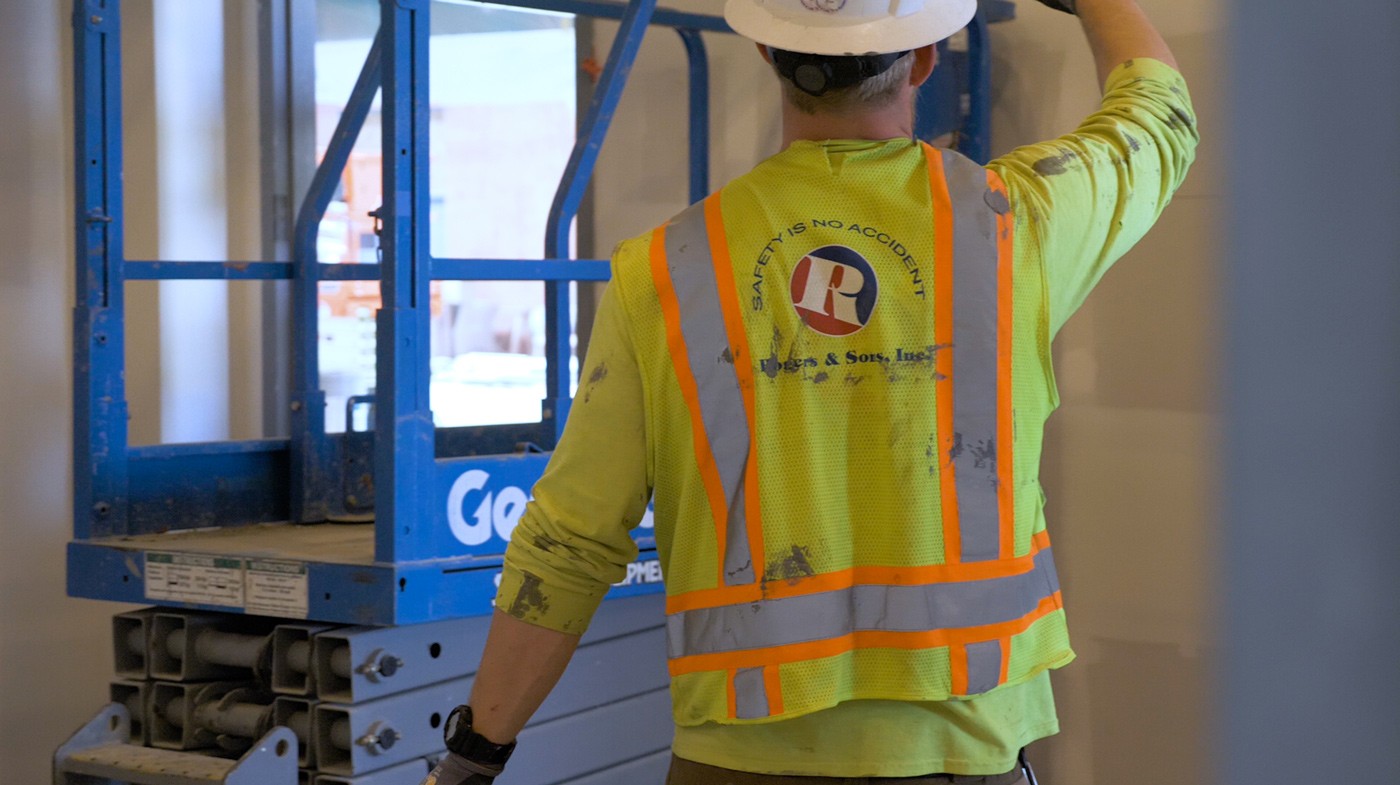About
The Rogers Family has been grateful and honored to continually serve the greater Denver Metro area’s HVAC needs for the past 45 years as Rogers & Sons. Thank you to all our great customers for trusting us with their comfort needs.
A special thank you to all the dedicated employees who have extended our family through this venture that started over four decades ago. Harold and Barbara brought their time, talents, family, and passion for this industry to Colorado to serve this community that we call home.

Specialties
We provide a full range of design, installation, service, replacement (modernization) and repair, and repair/maintenance services for heating, ventilation, air conditioning, mechanical and refrigeration installations for a wide range of custom home, residential, commercial and industrial customers.
EXCELLENTTrustindex verifies that the original source of the review is Google. Great job. Great attitude and superb fellow through.Trustindex verifies that the original source of the review is Google. Alan Chu came over to address a heating issue in my unit. He diagnosed the problem and was able to remedy the issue. He was knowledgeable, respectful, and answered my questions.Trustindex verifies that the original source of the review is Google. I have an extremely complicated geothermal system. Was abandoned by the installer. Have not been able to find a tech capable of understanding it and working on it. Ken is the first. He is extremely knowledgeable in all aspects including electrical trouble shooting. He did a great job. I highly recommend himTrustindex verifies that the original source of the review is Google. Very professional service!Trustindex verifies that the original source of the review is Google. Working with Fernando was great! He worked efficiently and effectively. Rogers & Sons is a reliable company.Trustindex verifies that the original source of the review is Google. Rogers & Sons is a great company. They have very knowledgeable technicians and they treat your hvac system with the utmost care. Straight forward pricing. Alan is my guy, very knowledgeable and gets the job done.Trustindex verifies that the original source of the review is Google. Just met with Ramiro at our new house and we learned a lot about our hydronic heating and evaporation cooling systems. He was very knowledgeable and competent and we highly recommend him and Rogers & Sons!Trustindex verifies that the original source of the review is Google. Romiro is quite knowledgeable about home hydronic systems (tankless heaters that run house heat and domestic hot water). He’s also friendly and able to explain things in a clear way. A side note: Rogers and Sons is probably one of the more expensive companies out there. Just be aware of that.

